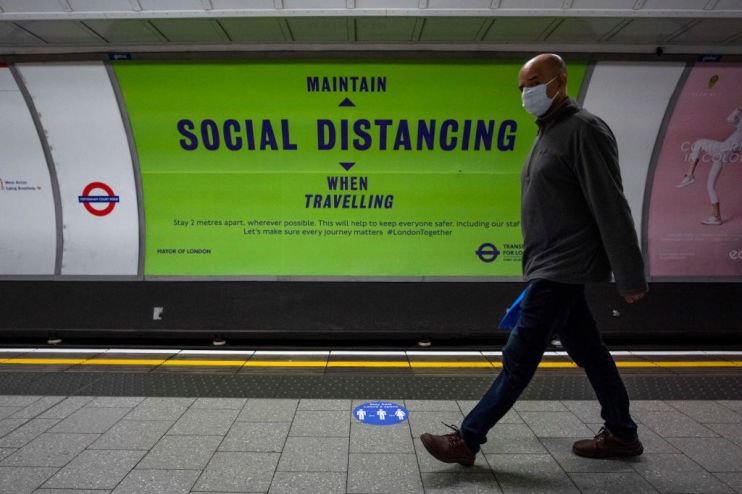TfL finances battered by £100m drop in advertising revenue

Transport for London (TfL) has suffered a record £100m plunge in advertising revenue across its network after Covid restrictions prevented people using its services.
The fall in ad revenues is the latest pandemic hit for TfL, which derives the vast majority of its revenue from fares, and has been bailed out to the tune of over £4bn since the pandemic began.
Passenger numbers fell by as much as 90 per cent during the pandemic, and still remain below pre-pandemic levels – although the body’s latest statistics show a recent rise in ridership as the city gradually opens up.
This drop in journeys caused advertisers to withdraw from the 100,000 billboards, posters and panels that span TfL’s Tube, rail and bus network – so much so that its commercial income plummeted by more than two thirds to £50m in the year to the end of March, the Guardian first reported. Before the pandemic hit, TfL recorded annual commercial revenue growth to £158.3m in 2019.
“The glib answer is that ‘it is what it is’, but that it is a hell of a lot better than it could have been,” TfL’s customer and revenue director Chris Macleod told the Guardian.
“It has been likened to reverse marketing. Essentially, we sell eyeballs as a commercial package and when we encouraged people to follow government guidelines, and not travel, that, of course, hurt us.
“From an anti-marketing point of view it was a great success, passenger numbers on the tube fell 90%. But the read-across to the commercial world was, of course, not great,” Macleod said.
Last month, TfL secured a £1.08bn emergency funding deal with the Department of Transport to provide financial support during ongoing Covid-19 restrictions – the third six month deal since the pandemic began. As part of the deal, TfL committed to delivering savings of £900m this financial year.
It was the latest in a string of short-term cash injections that will cover the period from May 29 to December 11 – but commissioner Andy Byford, City Hall and business leaders have been pushing for a long-term funding settlement to support London transport in the long-term.
City Hall had requested £3bn for the next financial year, as well as £1.8bn a year for capital expenditure until 2023.
In addition to the funding boost, the agreement set out further measures to ensure TfL remains financially sustainable by April 2023, among them cost-cutting initiatives and identifying new sources of revenue.
The dismal latest ad revenue figures come after TfL made a controversial move in 2019 to ban adverts that contain images of food high in fat, sugar or salt (HFSS) on London’s transport network. The transport operator said it rejected 55 ads submitted by brands in 2020.
TfL said it expects ad revenue could help with the defecit, as the new Elizabeth line opens up – but this would be a “marginal contributor” nowhere near enough to make the amount required by the latest funding deal.
“It is a contributor, we have one of the biggest estates in the world, but we are not going to make £900m,” Macleod told the Guardian.
Government, political and social campaigns formed the largest category of adverts on TfL’s network last year, forming 1,448 of the 7,818 total campaigns. Retail adverts and entertainment followed closely behind – with 1207 and 1029 ad campaigns respectively.